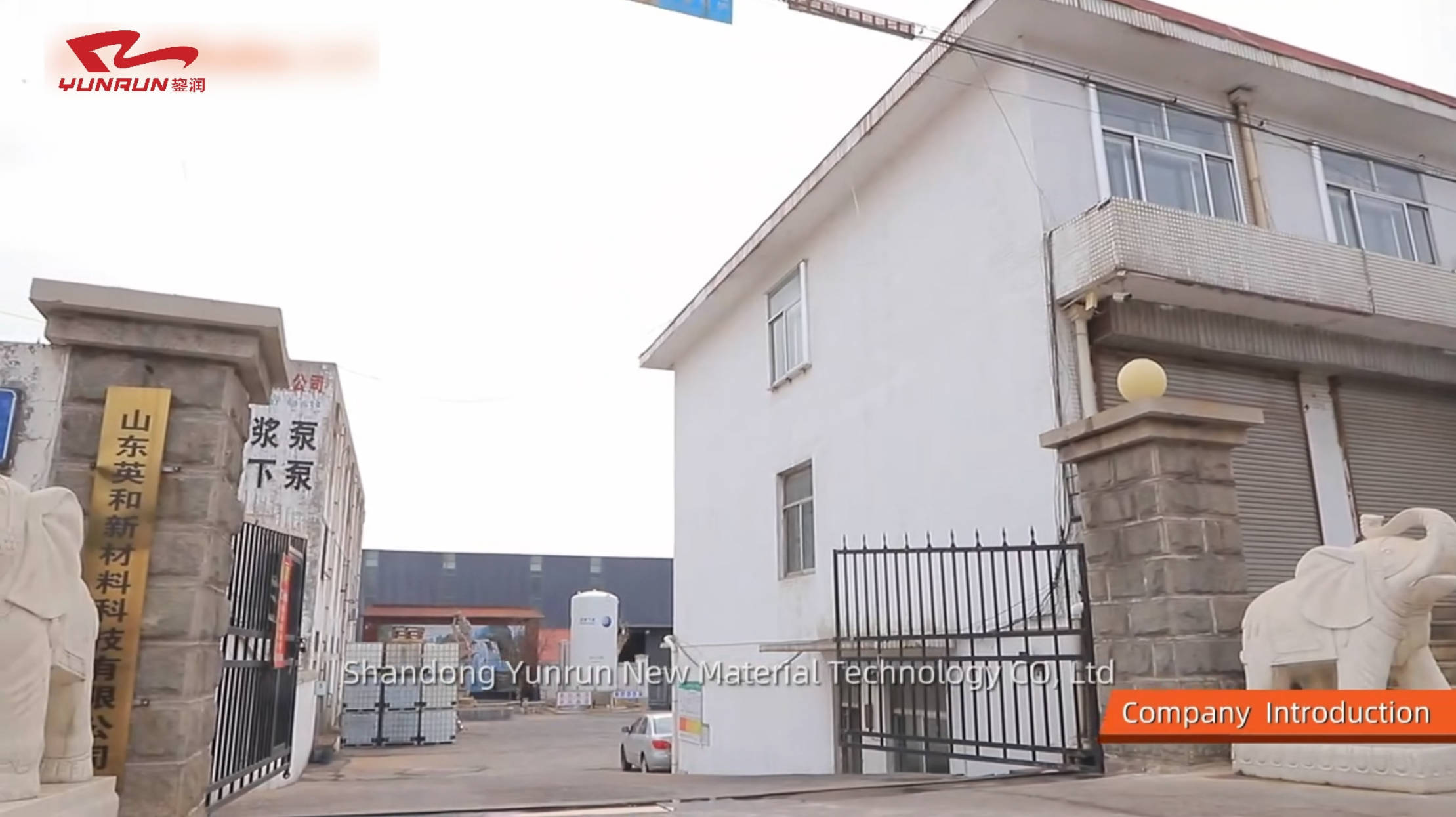Understanding the Chemistry Behind GP Acetic Silicone Sealant: A Comprehensive Guide
Understanding the Chemistry Behind GP Acetic Silicone Sealant
Table of Contents
1. What is GP Acetic Silicone Sealant?
2. Chemical Composition of GP Acetic Silicone Sealant
3. How GP Acetic Silicone Sealant Works
4. Applications of GP Acetic Silicone Sealant
5. Benefits of Using GP Acetic Silicone Sealant
6. GP Acetic Silicone Sealant vs. Other Sealants
7. Safety and H
Aug 06,2025
Understanding the Chemistry Behind GP Acetic Silicone Sealant
Table of Contents
- 1. What is GP Acetic Silicone Sealant?
- 2. Chemical Composition of GP Acetic Silicone Sealant
- 3. How GP Acetic Silicone Sealant Works
- 4. Applications of GP Acetic Silicone Sealant
- 5. Benefits of Using GP Acetic Silicone Sealant
- 6. GP Acetic Silicone Sealant vs. Other Sealants
- 7. Safety and Handling Guidelines
- 8. FAQs About GP Acetic Silicone Sealant
- 9. Conclusion
1. What is GP Acetic Silicone Sealant?
GP Acetic Silicone Sealant is a type of silicone adhesive characterized by its acetic acid cure system. These sealants are renowned for their flexibility and durability, making them ideal for various applications in construction and manufacturing. **GP** stands for **General Purpose**, indicating its versatility in bonding and sealing different materials.
Typically, GP Acetic Silicone Sealants are used in environments where moisture resistance and temperature fluctuations are prevalent. They provide strong adhesion to surfaces such as glass, metal, ceramics, and some plastics.
2. Chemical Composition of GP Acetic Silicone Sealant
The primary component of GP Acetic Silicone Sealant is silicone polymer, which is a synthetic material with unique properties. The chemical structure of silicone includes a silicon-oxygen backbone, which contributes to its flexibility and resistance to temperature and moisture.
**Key components include:**
- **Silicone Polymers:** They provide adhesion and flexibility.
- **Curing Agents:** These facilitate the curing process, allowing the sealant to set and harden.
- **Acetic Acid:** This is released during the curing process and is responsible for the characteristic odor of acetic silicone sealants.
- **Fillers and Additives:** These enhance the properties of the sealant, providing improved adhesion, UV resistance, and color stability.
3. How GP Acetic Silicone Sealant Works
The curing mechanism of GP Acetic Silicone Sealant involves a condensation reaction. Once applied, the sealant begins to cure upon exposure to moisture in the air. The moisture reacts with the silicone polymer and curing agents, leading to the formation of a flexible and durable silicone rubber.
This curing process occurs in several stages:
1. **Initial Application:** The sealant is dispensed onto the desired surface.
2. **Moisture Absorption:** The sealant absorbs moisture from the air.
3. **Curing Process:** A chemical reaction occurs, transforming the paste into a solid rubber-like material.
4. **Final Hardening:** The sealant achieves its full strength and durability over a period, which may vary based on the thickness of the application and environmental conditions.
4. Applications of GP Acetic Silicone Sealant
GP Acetic Silicone Sealant is widely used in various industries due to its remarkable properties. Common applications include:
- **Construction:** Sealing joints and gaps in building facades, windows, and doors.
- **Automotive:** Bonding windshields and sealing various automotive components.
- **HVAC:** Sealing ductwork and other components to prevent air leakage.
- **Marine:** Bonding and sealing in marine environments due to its resistance to water and temperature fluctuations.
- **Home Improvement:** Used in bathrooms and kitchens for sealing around sinks, tubs, and tiles.
5. Benefits of Using GP Acetic Silicone Sealant
Using GP Acetic Silicone Sealant comes with numerous advantages:
- **Moisture Resistance:** Excellent protection against water ingress, making it ideal for wet environments.
- **Temperature Tolerance:** Performs well in both high and low-temperature conditions, maintaining flexibility without cracking.
- **Adhesion to Various Surfaces:** Bonds effectively to a variety of materials, including glass and metals.
- **Durability:** Long-lasting performance, resisting degradation from UV exposure and environmental conditions.
- **Ease of Application:** Simple to use, allowing for quick and efficient sealing processes.
6. GP Acetic Silicone Sealant vs. Other Sealants
When comparing GP Acetic Silicone Sealant to other types of adhesives, several differences become apparent:
- **GP Acetic Silicone vs. GP Neutral Silicone:** While both offer good adhesion, neutral silicone is less corrosive to metals and has a lower odor during curing.
- **GP Acetic Silicone vs. Polyurethane Sealants:** Polyurethane sealants are often stronger but can be more difficult to apply and may require more extensive surface preparation.
- **GP Acetic Silicone vs. Latex Sealants:** Latex sealants are easier to clean and paint over but often do not provide the same level of durability or moisture resistance as silicone sealants.
7. Safety and Handling Guidelines
While GP Acetic Silicone Sealant is generally safe to use, proper handling and safety precautions should always be observed.
**Key safety tips include:**
- **Ventilation:** Ensure that the area is well-ventilated during application to avoid inhaling fumes.
- **Protective Gear:** Wear gloves and safety goggles to prevent skin and eye irritation.
- **Storage:** Store in a cool, dry place away from direct sunlight and heat sources.
8. FAQs About GP Acetic Silicone Sealant
1. Is GP Acetic Silicone Sealant waterproof?
Yes, GP Acetic Silicone Sealant is designed to be waterproof, making it ideal for sealing applications in wet environments.
2. Can GP Acetic Silicone Sealant be painted over?
It is not recommended to paint over GP Acetic Silicone Sealant, as most paints will not adhere well to silicone.
3. How long does it take for GP Acetic Silicone Sealant to cure?
The curing time varies based on environmental conditions, but typically it can take anywhere from 24 hours to several days for full cure.
4. Can I use GP Acetic Silicone Sealant outdoors?
Yes, it is suitable for outdoor use due to its UV resistance and durability against environmental factors.
5. Is GP Acetic Silicone Sealant safe for use in food areas?
No, GP Acetic Silicone Sealant should not be used in areas that will come into direct contact with food.
9. Conclusion
Understanding the chemistry behind GP Acetic Silicone Sealant reveals its vital role in both residential and commercial applications. With its remarkable moisture resistance, temperature tolerance, and versatility, this sealant has become an indispensable tool in many industries. From construction to automotive and beyond, GP Acetic Silicone Sealant continues to prove its worth as a reliable adhesive solution. By considering its benefits and applications, you can make informed decisions to ensure the longevity and effectiveness of your sealing projects.
Others




